‘Terrifying’: Robbie Williams’ on-stage ‘disaster’ revealed in Netflix doco
One of the biggest shows in Robbie Williams’ career became a “disaster” that scared him off touring for seven years, it’s been revealed.
Singer Robbie Williams’ new four-part Netflix documentary series makes for frequently devastating viewing, as the star revisits the public highs of his peak-fame years in the 90s and noughties to reveal what was really going on behind the scenes.
And it was rarely good: Behind the platinum albums and sellout tours, Williams spent much of his 20s and 30s grappling with depression, anxiety and debilitating addiction issues.
Shocking footage shows Williams in the studio recording his first album, standing at the microphone with a lit cigarette in one hand and a bottle of liquor in the other.
A stint in rehab eventually kicked that habit, but as his fame and success grew, so to did the pressure, until things came to a head during one disastrous 2006 moment detailed in the documentary’s third episode.
Williams was in the midst of his largest tour to date, Close Encounters, with dozens of stadium shows booked worldwide. It was three months into the tour, playing two massive outdoor shows in Leeds, England, that everything unravelled.
Behind-the-scenes footage from before the first of the two Leeds concerts shows Williams backstage, taking in the enormity of the production surrounding him and pondering how much rests on his shoulders.
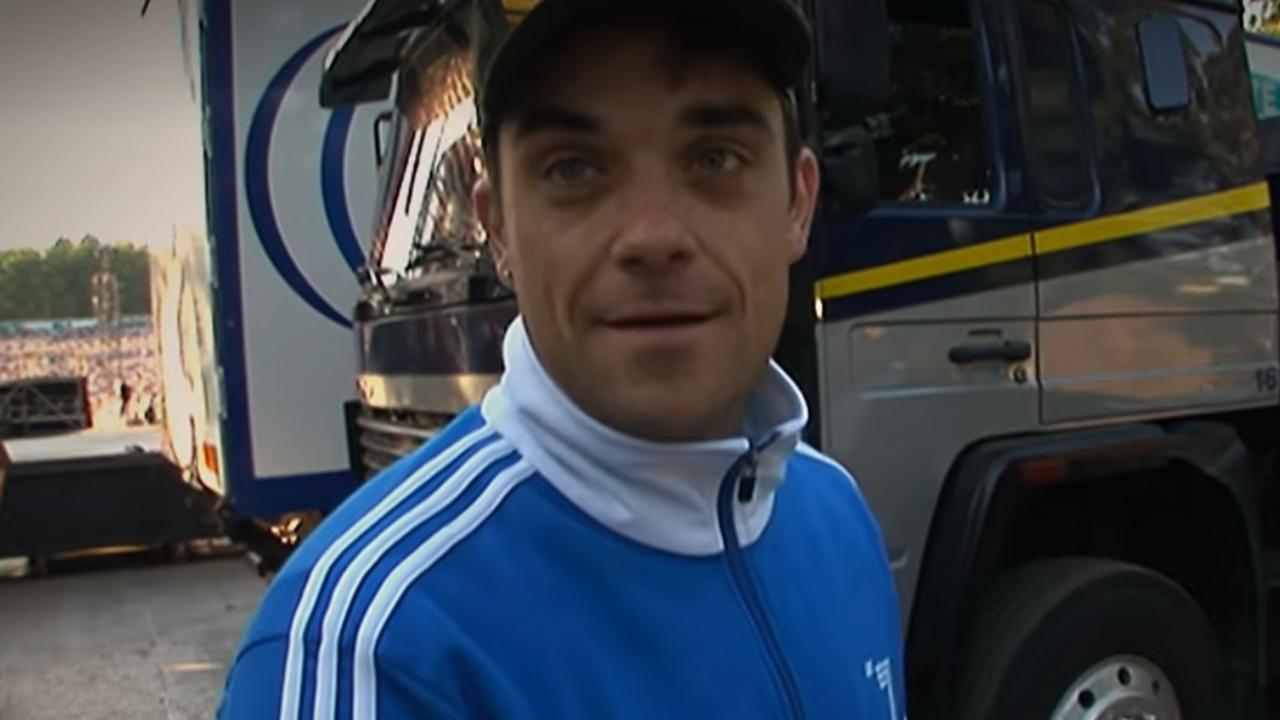
Everything from the stage beneath his feet to the trucks hauling gear are there because of him, he remarks. But it’s not said with the expected Williams cheeky bravado: Instead, he seems overwhelmed by the pressure. To make matters worse, the night’s show is being broadcast live worldwide: millions will be tuning in.
Later that night, heading to the stage to start the show, Williams experiences a backstage panic attack – one that he says then does not subside during the entire two-hour performance.
Clips from the concert shown in the documentary show Williams in a state of visible distress: He appears panicked on stage, his face contorted as he struggles to keep himself together.
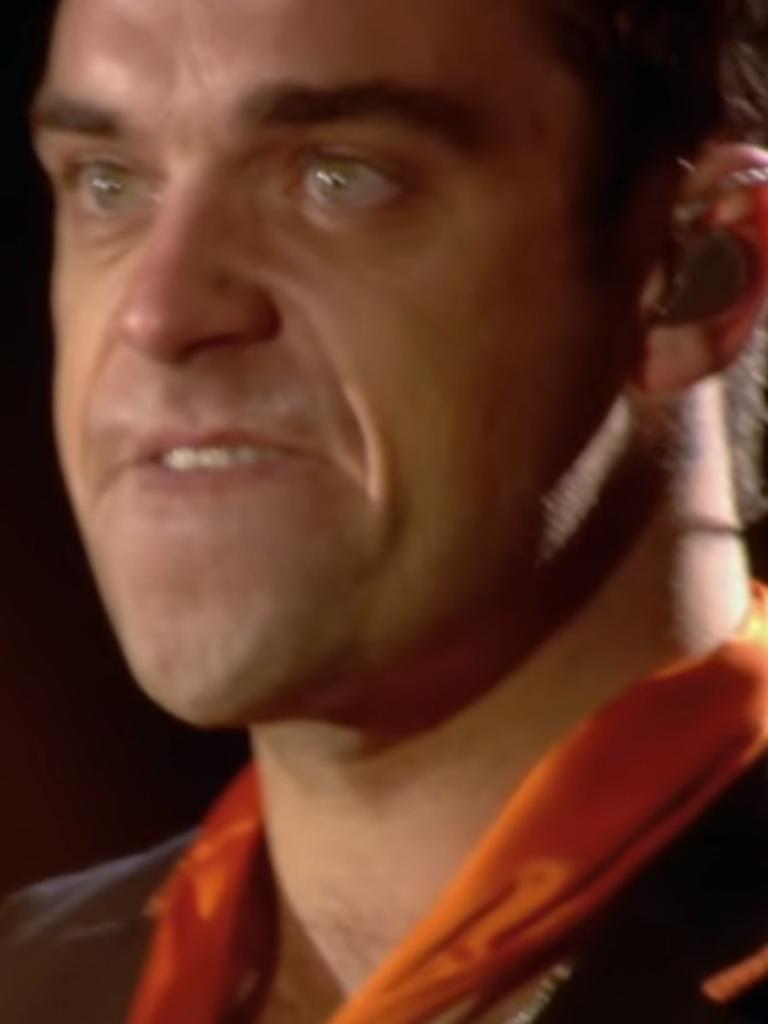
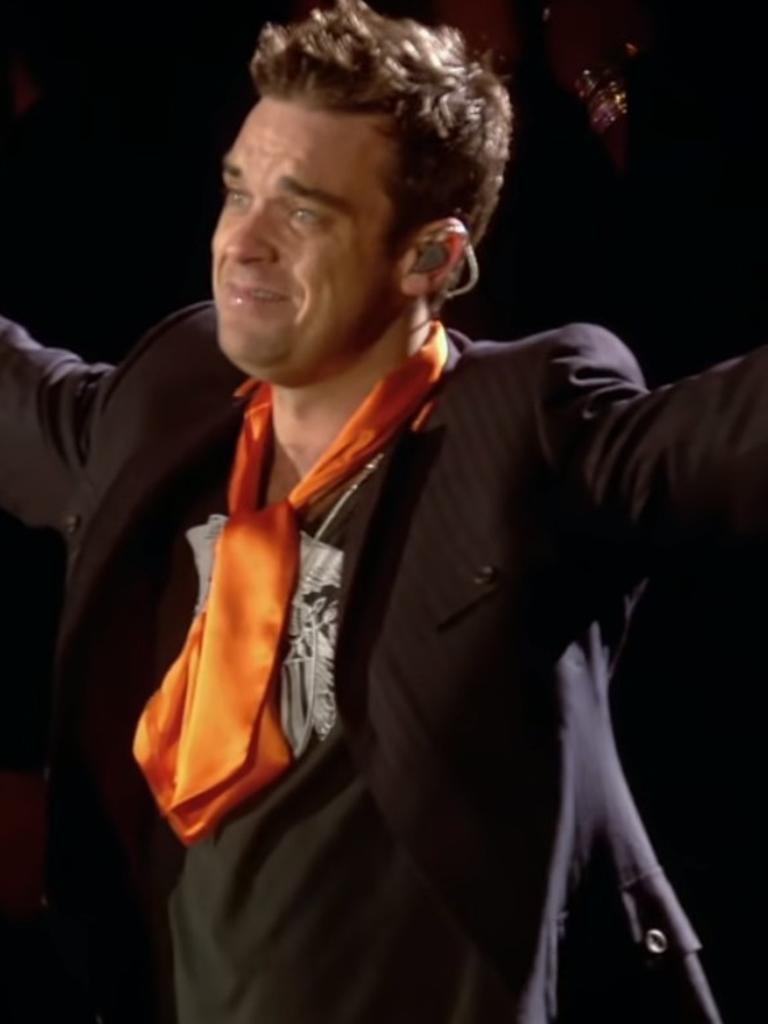
He matter-of-factly explains what had happened in a backstage video filmed after the show.
“So here’s the situation: Last night was an absolute disaster for me. I developed a panic attack before I went on that didn’t finish all the way through the performance,” he explains.
“I could swear that people could read my mind – and you know, there’s 90,000 people there. I don’t know if you’ve ever had one of those dreams where you’re on stage and you don’t know the script or what you’re doing, and how real and how terrifying that is … well, it came true for me on stage in Leeds.”
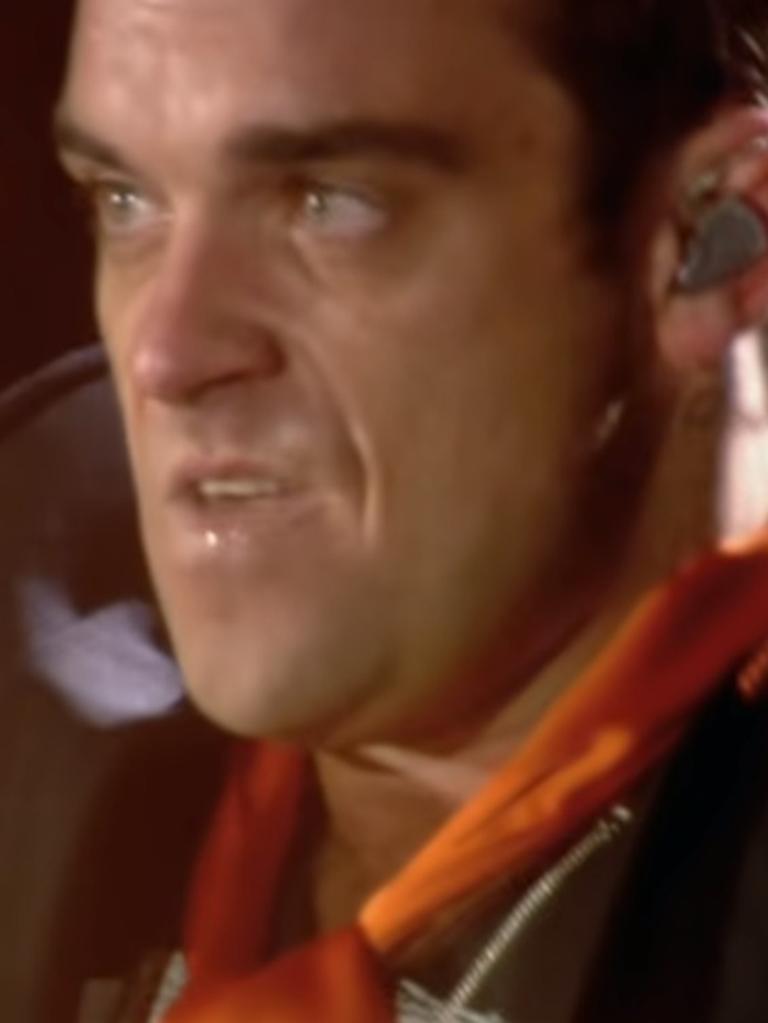
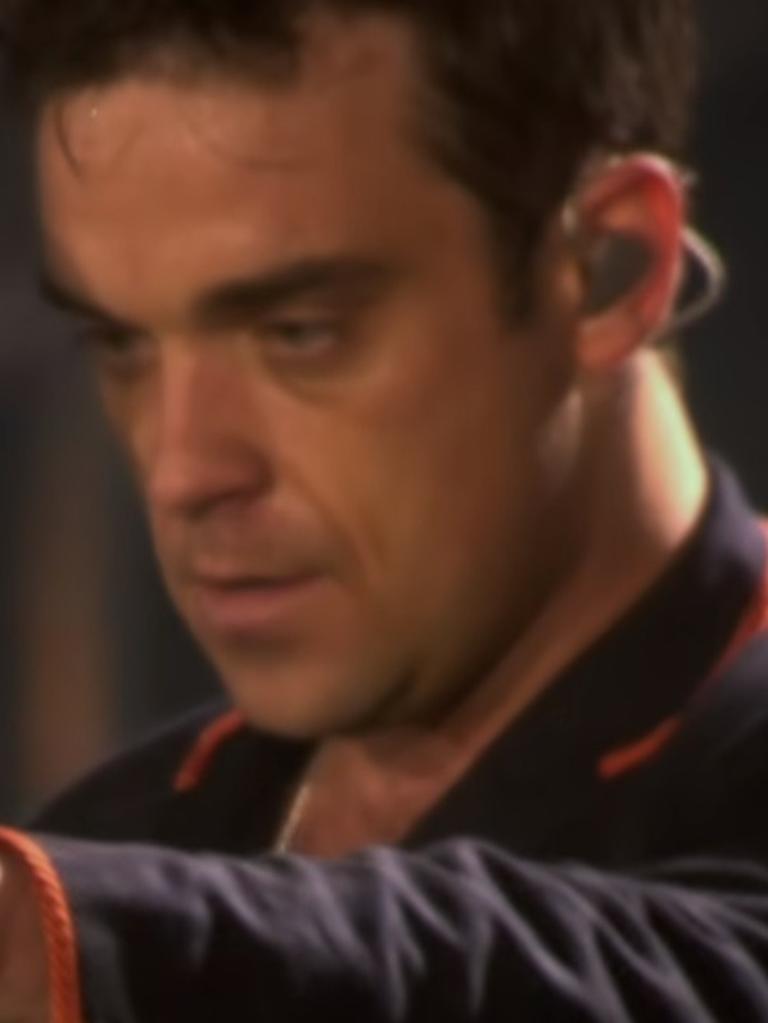
“I came off for the encore, and I never wanted to go back on stage ever again. I couldn’t speak and I kept shaking … I was going through trauma.”
He wanted to quit the tour then and there, but the next morning, his manager laid out the reality of the situation: The loss of money, the loss of livelihood for the hundreds of people working on it, and the resulting hit to his career for canning a stadium tour without notice midway through, meant it would be disastrous to cancel.
He got back on stage again in Leeds the next night, and finished the tour, ending with a leg in Australia in 2006. Later publicly revealing he was battling “stage fright,” it would be seven years until Williams went out on tour again.
As the Netflix series shows, as he approaches his 50th birthday next year, Williams has now largely conquered his demons. Nowadays he’s a doting dad of four children, and husband to his wife of 13 years, Ayda Field.
And he’s back out touring stadiums again: His Australian tour kicks off on Thursday with a show at Sydney’s AAMI stadium.






